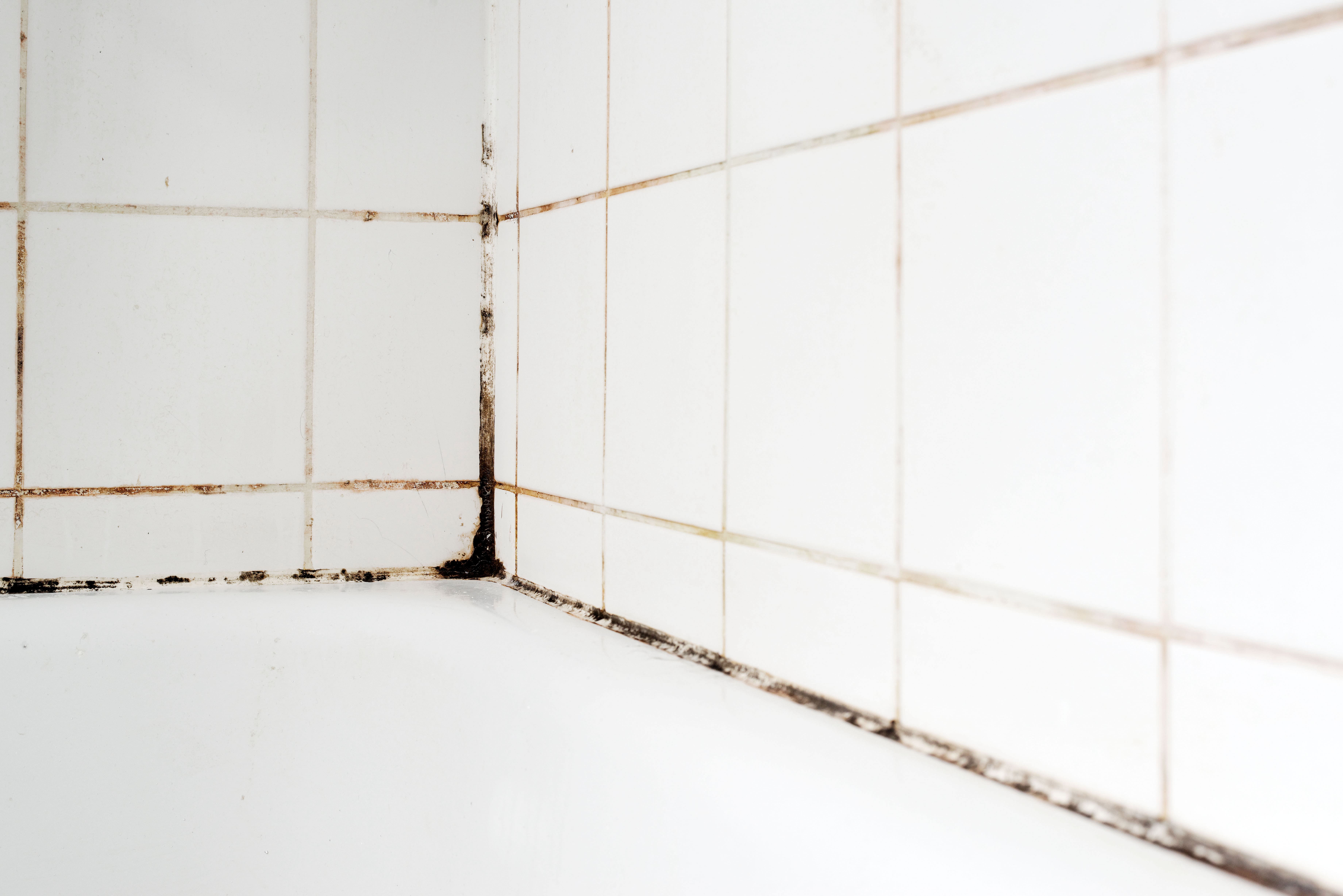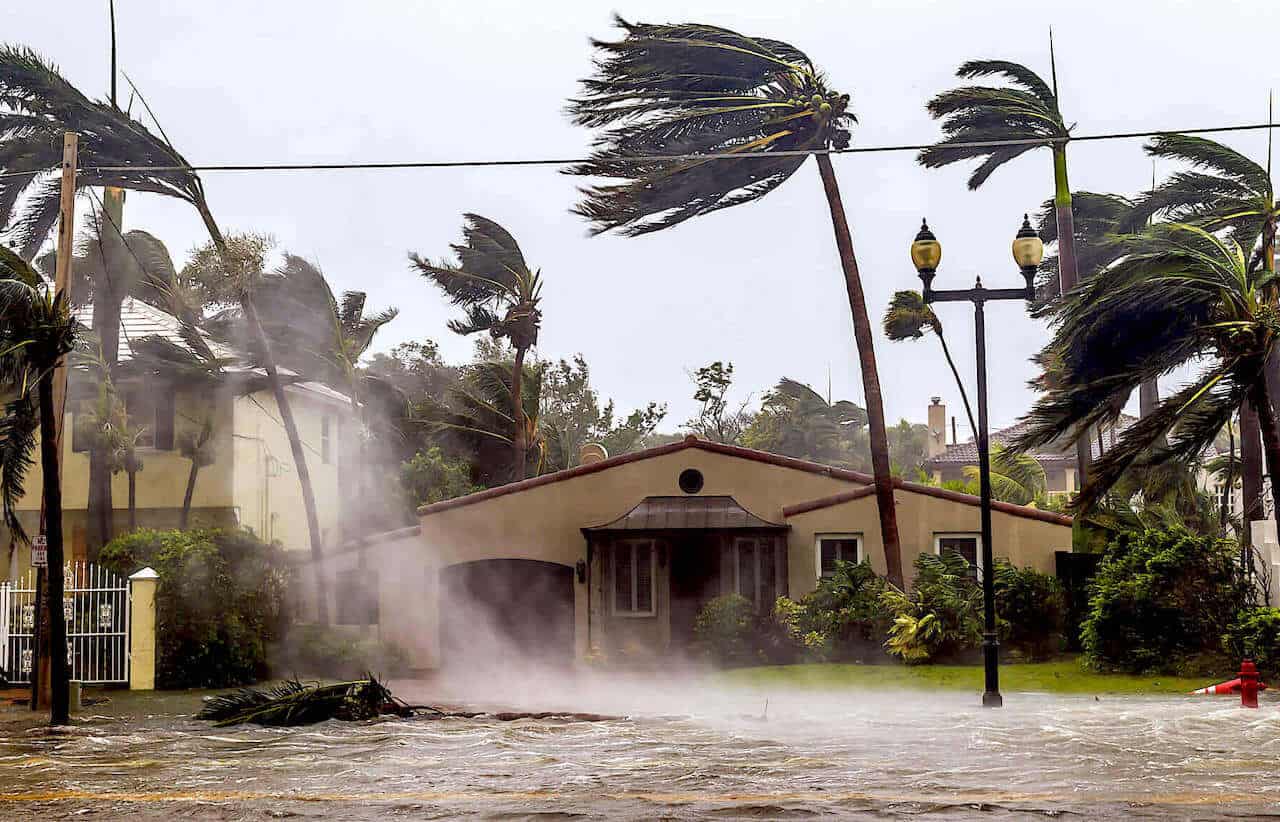What is the difference between mold and mildew?

Most people have likely come across mold and mildew in one way or another. These two substances are sometimes misused interchangeably, though they have notable differences. While both are common types of fungi, they pose different risks when found in homes or buildings. Most homeowners are not aware of the difference until they spot mold or mildew.
In this overview, we’ll explore the key differences between mold and mildew, as well as how to spot them and prevent the damages they create. Furthermore, we’ll provide everything you need to know to help limit further spread of mold or mildew,
Spotting Mold vs. Mildew
While mold and mildew are similar, they have different visual appearances. This is key in identifying them. Mildew will generally present as a gray or white, possibly dry, or powdery substance. Mildew will always be flat. In contrast, mold is usually raised. This will help you identify the difference between the two.
In terms of color, mold is usually black, blue, green, or red. It might have a slimy or fuzzy appearance. Sometimes, mold is mistaken for dirt and will be much darker than mildew. Mold and mildew also have different smells. Mildew will smell mild yet musty. Mildew might be harder to identify. In contrast, mold generally smells stronger and is very foul.
Often, mildew is found growing in moist environments like windowsills and showers. Mold is often seen in basements without ventilation. However, mold and mildew can be found anywhere around a home or property.
Differences in Growth
Mold and mildew thrive in moist environments. Therefore, these are often found within areas of homes with moisture, like bathrooms and basements. They usually appear on natural materials such as wood or leather. Mold will generally begin to rot the substances it grows on.
The temperature of the environment matters to the growth of mold and mildew as well. Warmer temperatures, usually between 77- and 88-degrees Fahrenheit, allow mold and mildew to thrive and grow.
One specific difference between mold and mildew should be noted. Mildew needs a very humid environment to thrive, such as humidity levels between 62 and 93%. Mildew tends to grow on the surface of things, making it easier to find. In contrast, mold usually burrows beneath the surface, making it harder to spot and remove.
Health Effects of Mold and Mildew
In general, human, and pet exposure to mold and mildew can sometimes cause health concerns. Some people might not experience symptoms, while other more-sensitive people may show symptoms. Some common symptoms of mold or mildew exposure include allergy-like symptoms, such as wheezing, itchy or watery eyes, or a runny nose. People who already have asthma or allergy conditions might have worsened responses to the exposure of mold or mildew.
Mildew usually affects plants or crops more than humans. However, it can cause human symptoms if it develops within an indoor place, such as a work building or a home. As such, if you’ve detected mold or mildew in your home, it should be removed as soon as possible.
Preventing Mold and Mildew
While preventing mold and mildew is not always possible, some basic general practices can aim to limit mold and mildew in your home. Good cleaning practices are essential in preventing these fungi.
- In extra humid environments, using a dehumidifier can help reduce humidity. In turn, this reduces the chance that mildew can grow and thrive. Some homes, depending on geographical region, will have more exposure to humidity. Aim to maintain a humidity level of between 40 and 50% in your home to prevent mold and mildew.
- Encourage natural ventilation in your home by keeping windows open for fresh air exchange.
- Utilize exhaust fans to encourage ventilation in affected areas. Exhaust fans in areas where you’re cooking, washing, or cleaning are always a great way to encourage proper ventilation.
- Always clean up areas of moisture, such as leaks or floods, which can encourage the growth of fungi.
Treating Existing Mold or Mildew
You may be able to safely remove mildew with proper cleaning chemicals and gloves. Always wear rubber gloves to ensure no contact with skin is made. Use a mask to prevent breathing in harmful mildew spores. If you’re not sure it’s mildew, it is best to have a professional assess the area before attempting DIY mildew removal. Most professionals are trained to visually inspect the substance to determine if it is mold or mildew.
However, in some cases, sampling or testing may be needed. Professionals have specific ways to test the substance to determine exactly what type of growth it is, including detailed substance analyses.
Mold and mildew differ in that mold attaches to materials beneath the surface. As such, mold spores can quickly spread to new areas. Plus, mold is more likely to have hazardous health effects on humans. Attempting to remove mold on your property by yourself could lead to further spreading of mold spores. Furthermore, non-professional attempts to remove mold are generally ineffective as you won’t be able to reach and treat all areas that have been affected by the mold.
When a material is infested with mold, it is important that a specialized professional carefully remove and clean it. Improper cleaning can lead to the further spread of mold spores into other areas. If you suspect mold and mildew but aren’t sure, it is always best to seek help from a professional.
Call a Professional
Mold and mildew should not be ignored, as they pose a risk to cause hazards to human health.
WeDry USA offers experienced, state-of-the-art professional mold removal and remediation services for both residential and commercial properties. Contact us today to help remove dangerous mold and mildew from your property.

